Tech Analysis: Halo: Reach
Noble.
The disadvantage with this technique is that in fast motion, ghosting is a serious issue, resulting in a look rather akin to what we saw on very early, latency-heavy LCD displays. In the beta there were two big problem areas - first of all, the ever-present view weapon would ghost badly, even when you're just walking about. Over and above that, fast, dramatic motions such as swinging the gravity hammer or reloading would result in a hugely obvious ghosting in the player's direct field of view.
The second issue was with large scenery structures that were close to the player. Walking past them would incur considerable frame-blending, as you can see in this older video of the beta taken from our previous coverage. It's most likely for these reasons that Crysis 2 uses a similar temporal AA technique, but only on far-away detail, relying on edge-detect plus blur for close-by objects.
In reviewing the final release code, it's obvious that Bungie has made significant improvements to the nastier side-effects of temporal AA. The problem with large, close-by structures ghosting appears to have been eliminated - it is no longer an issue. It also appears to be the case that the view weapon dynamically turns off the effect on fast movements. Here's another look at the gravity hammer gotcha in the retail release:


You can see that where movement is slight, the temporal AA effect is still in play; ghosting/blur is obviously apparent in the still shot but isn't really a problem at all during motion. However, where we're swinging the hammer, where the beta could look really poor, the problem has been resolved simply by removing the filter. It's a simple solution, but it works. Because the movement is so fast and over so quickly, the lack of anti-aliasing won't be picked up by the human eye. Where the view weapon is relatively static, the AA is employed.
It's fair to say that there are many strengths and weaknesses to the temporal AA technique and we get a decent representative sample of them both in Reach. First up, the major positive is that the effect on far away scenery in particular can be quite extraordinarily good, and one of Reach's major accomplishments is the creation of massive, sprawling levels with tons of view distance. Temporal AA also works pretty well in reducing specular aliasing - something we noticed most prominently on the floating wreckage in the orbital shooting section.
The disadvantages mostly make themselves known in the movement of large objects directly in front of the camera in cut-scenes, or in front of the player in-game. In the case of the latter, should a Spartan team-mate walk across your field of view, most of the screen can be taken up with an unattractive ghosting character. In the cut-scenes, the effect is far more pronounced: not only are characters often moving directly in front of the camera, but it's clear that these parts of the game have many frame-rate issues.
Similar to Mass Effect 2, cut-scenes will vary between 20 and 30FPS depending on the shot. What this means is that the ghosting effect stays on-screen for that much longer when the scene is running at the lower frame-rate, emphasising the less desirable elements of the AA technique still further.
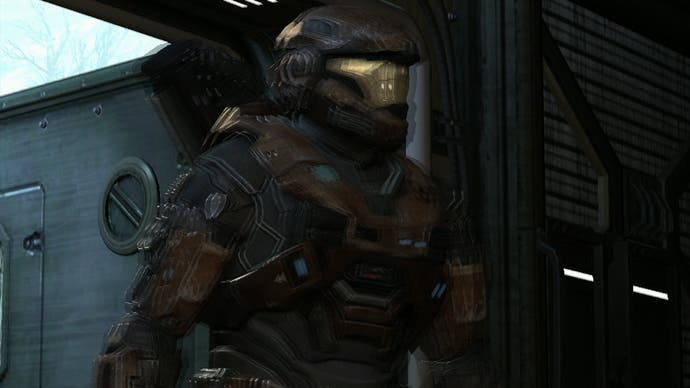

However, the composition, framing and basic artistic quality of the cut-scenes themselves are absolutely magnificent. There's no question about it. The improvements over and above what we saw in Halo 3 and ODST are legion.
In the HD console era, developers have - by and large - given the boot to cinematics streamed off disc, relying on their own engines to deliver the narrative. An engine needs to provide consistent performance in-game, which isn't such an easy task when almost anything can happen at any point. It's difficult to anticipate scene-complexity when conditions conspire to cause unanticipated outcomes.
Cut-scenes are entirely different - the artists are in charge of the entire look of the scene and are acutely aware of the exact rendering cost of their creations. By having set GPU rendering costs unlikely to be affected by any external factors, the artists can up the quality level of the scenes they are producing. Better shadows and higher LOD characters and environments are just a few of the advantages that can be brought into play.
It's the same engine as that used in-game, but shaped and moulded to the exact look the artist is looking for. Use of camera throughout is sublime: Bungie has gone for a down-to-earth, gritty, human approach to the overall presentation. The epic space opera perspective of the previous Halo games is gone in favour of handheld and helmet-mounted cams. Overlays are also added, often in the form of security monitor feeds, complete with digital interference.
The human factor is an essential element of another key improvement in the Halo tech. Previous games in the series suffered due to disappointing modelling of human faces and somewhat stilted animation. Bungie has made enormous strides with Reach, mostly through the arrival of an in-house motion capture studio. Members of the development team donned the mocap suits and provided much of the raw animation data for the game, which would then be cleaned up by the artists before being used in the cut-scenes.
Reach is the first time that we see the faces of any of the Spartans. While the Master Chief will forever remain anonymous (all the better for the player to visualise himself in the armour), Noble Team has a whole new dimension - the Spartan helmets come off for the first time. Indeed, as the Bungie team says in the Legendary Edition developer documentary, when the headgear comes off in a cut-scene you know that something important is going to happen!


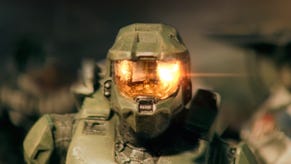
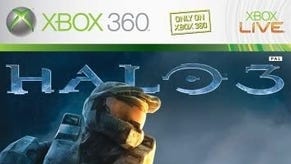
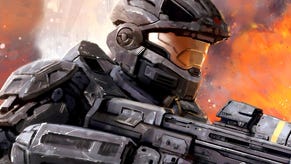
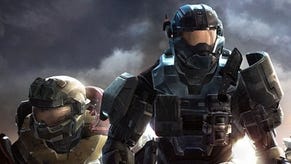

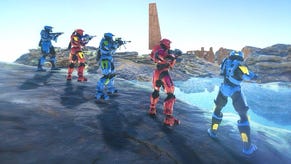







.png?width=291&height=164&fit=crop&quality=80&format=jpg&auto=webp)
